1. The All-Glass Cube
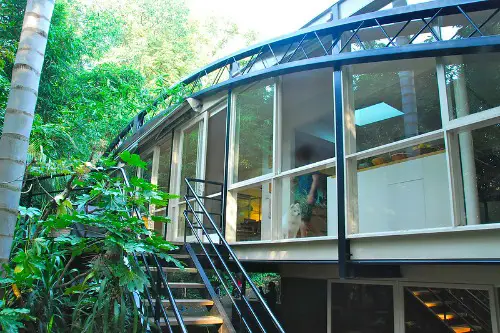
Imagine living in a transparent box where every move is on display. These homes look stunning with their sleek glass walls and uninterrupted views, but privacy takes a serious hit. You’re basically living in a fishbowl, which can be exhausting for anyone craving a bit of solitude. Plus, glass isn’t the best insulator, so temperature control can be a nightmare, hiking up your energy bills.
The minimalist vibe is undeniable, but practical storage? Forget about it. Furniture placement becomes a challenge because every piece disrupts the clean, open aesthetic. These homes often lack window treatments, so glare and heat can be constant problems. It’s a perfect design for Instagram shots, but less so for family movie nights or quiet evenings.
2. The Maze House
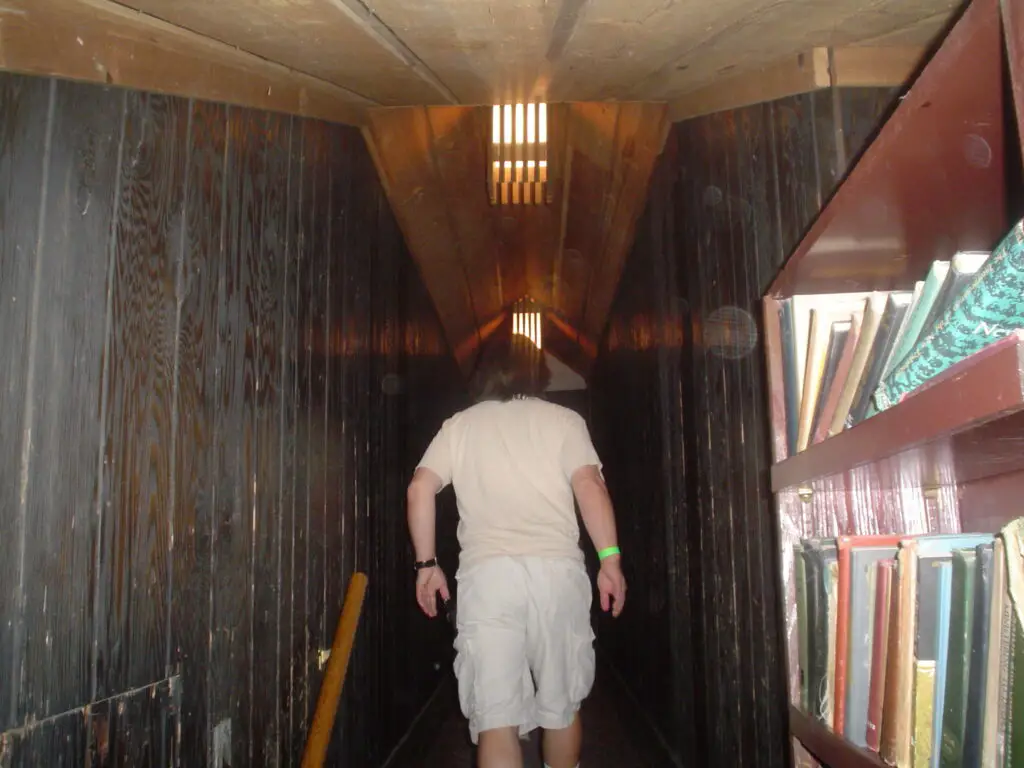
These homes look like an art piece with winding corridors, unexpected turns, and rooms that open into other rooms like a labyrinth. They’re designed to impress visitors with their complexity, but finding your way to the bathroom can turn into an adventure. For people who like clear layouts and easy navigation, these houses can be frustrating day after day.
Natural light can also struggle to reach all corners of the home due to the twisting design, making some spaces feel dark or cramped. Cleaning becomes more time-consuming when every nook and cranny isn’t straightforward. The maze design prioritizes wow factor over straightforward living, making it more of an architectural experiment than a comfy home.
3. The Roof Garden Overload
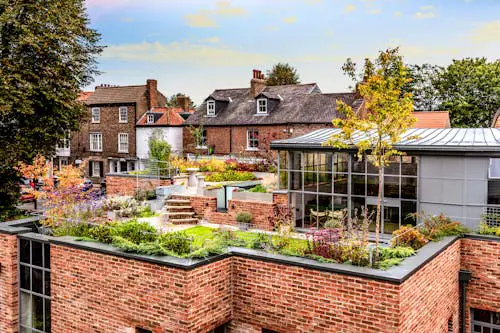
Rooftop gardens add a magical green touch to urban homes, but some designs take it too far with massive, intricate gardens on steep roofs. They look incredible from afar and provide an eco-friendly vibe, but the upkeep is intense and often impractical. Watering, trimming, and caring for plants in hard-to-reach spots quickly becomes a chore for most homeowners.
Plus, heavy soil and plants can stress the roof structure if it’s not engineered perfectly, raising costs and risks. These gardens can block natural light from entering the rooms below, reducing indoor brightness. While the greenery is breathtaking, it can overpower the living space and turn maintenance into a full-time job.
4. The Staircase Statement
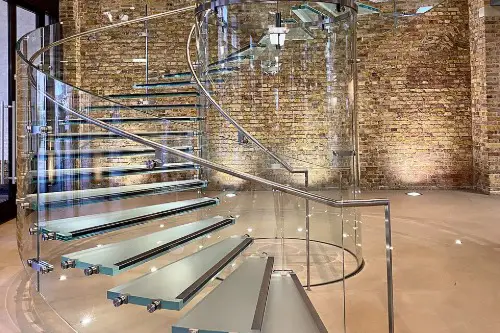
Some homes feature staircases that feel more like sculptures than functional pieces. Giant spiral staircases or floating steps that seem to defy gravity definitely add drama and style. However, these artistic staircases often lack handrails or have uneven steps, which aren’t exactly family-friendly or safe for everyday use.
Moving heavy furniture or carrying groceries upstairs becomes a challenge when the stairs aren’t straightforward. Older residents or kids might struggle with these designs, turning an aesthetic feature into a daily hazard. They’re beautiful to look at but less so to live with when practicality comes into play.
5. The Ultra-Minimalist Kitchen
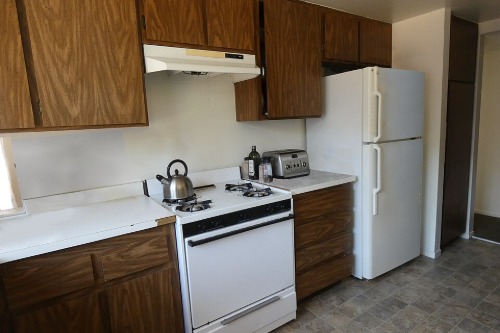
A sleek kitchen with hidden appliances, bare countertops, and zero clutter looks like a dream for a design magazine. But in reality, these kitchens often sacrifice function for form. Storage is minimal to keep the lines clean, meaning pots, pans, and utensils are either stashed away or completely missing.
Cooking in such spaces can be limiting when everything you need isn’t within reach or easy to grab. The polished look is undeniably chic, but families or avid cooks might feel frustrated by the lack of practical prep space or accessible tools. It’s a design that screams style but whispers “hard to live in.”
6. The Indoor Waterfall Feature
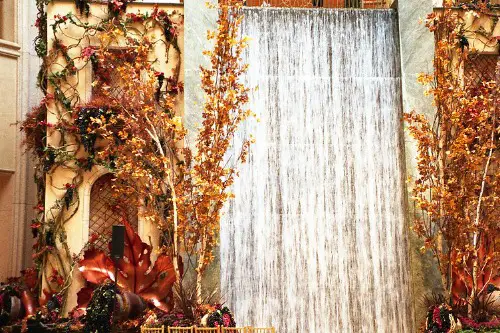
Indoor waterfalls or cascading water walls are dramatic focal points in some luxury homes. They add soothing sounds and a touch of nature inside, but they often come with high maintenance costs and potential humidity problems. Constant moisture can lead to mold or damage nearby walls and floors.
The space they consume might have been better used for storage or seating. While they’re great for making guests go “wow,” they’re less great for everyday living where space and practicality matter. Plus, the sound of running water, while calming for some, can become background noise that never really stops.
7. The Open-Plan Everything
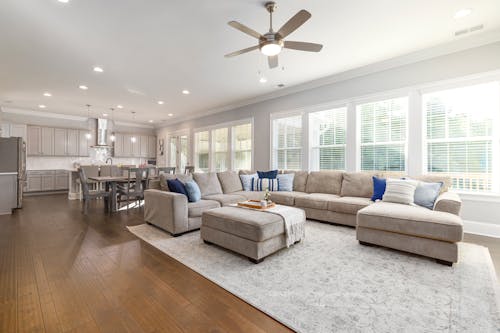
Open floor plans with zero walls between living room, kitchen, and dining area are hugely popular for their airy feel. But some designs take this concept to the extreme, removing almost all separation, which can cause noise and privacy issues. Imagine trying to watch TV, cook, and work, all in the same open space with no barriers.
This can make it hard for families or roommates who need a bit of quiet or privacy. The lack of defined rooms also makes it tricky to control smells from cooking or contain clutter. Open-plan is trendy, but when pushed too far, it sacrifices the comforts of distinct living zones.
8. The Floating Bedroom

Some homes feature bedrooms suspended or “floating” above other rooms, connected by thin staircases or ladders. This design looks incredibly cool and futuristic but comes with safety concerns and limited accessibility. Climbing up and down frequently, especially at night, isn’t ideal for everyone.
Privacy can also be compromised, as these bedrooms often overlook other areas without solid walls. They’re a statement piece in architectural terms, but for daily living, especially with kids or elderly family members, they can be a real hassle. Comfort and convenience tend to take a backseat to style here.
9. The All-White Palace
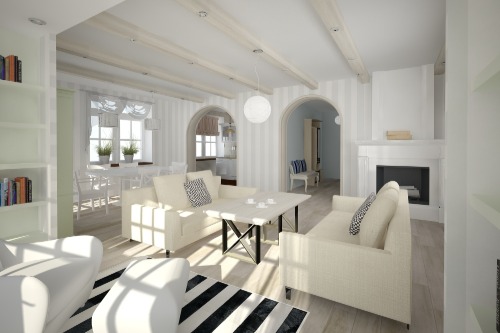
A completely white interior screams luxury and cleanliness, and it definitely creates a bright, uplifting atmosphere. But living in an all-white home means constant upkeep to avoid smudges, stains, or dust showing up everywhere. This design is beautiful but demands more cleaning effort than most people want to commit.
White sofas and carpets look fantastic but can be impractical for families with pets or kids. While it’s a stunning aesthetic choice, the reality is that an all-white space can feel sterile or uninviting if not carefully balanced. Functionally, it’s a challenging palette to live with every day.
10. The Narrow Hallways House
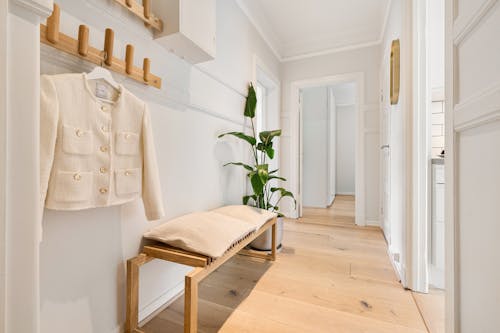
Some high-end designs incorporate super narrow hallways to maximize other spaces or create a sleek feel. While they save square footage, these tight corridors can make moving furniture in and out a nightmare. They also feel claustrophobic and limit traffic flow, which isn’t great for larger households or parties.
Narrow hallways don’t allow for any personal touches like small benches or decorative tables either. The aesthetic goal is a clean, uninterrupted line, but the lived experience can feel restrictive and uncomfortable. Practicality is sacrificed for that streamlined look.
11. The Minimal Window Home
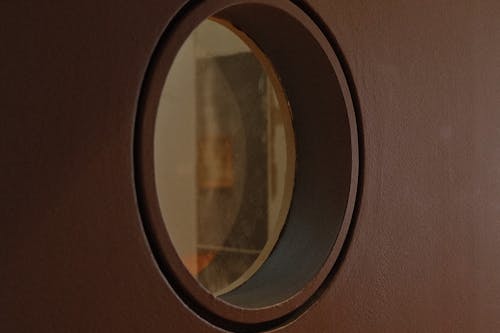
Some modern homes sport very small or oddly shaped windows for the sake of dramatic exterior symmetry or energy efficiency. While this looks striking from the outside, it often means the interiors are dark and gloomy. Natural light is a key factor in mood and health, so cutting it down this much impacts daily living.
These designs might rely heavily on artificial lighting, which can be harsh or expensive over time. The aesthetic wins on the street but inside, residents can feel boxed in or disconnected from the outside world. It’s a classic case of style trumping substance.
12. The Statement Wall Home
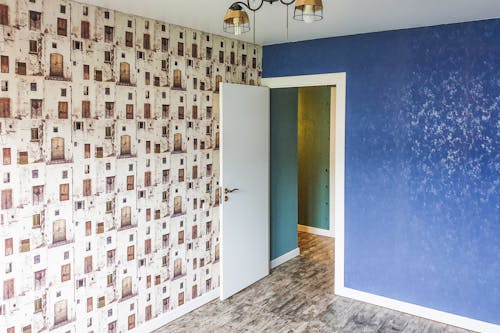
Some houses are designed around one or more statement walls covered with bold colors, dramatic textures, or massive artwork. These walls create instant visual interest and photo ops but often limit furniture placement and make the space feel less flexible. Changing your decor or refreshing your style becomes tricky when the walls do all the talking.
A statement wall can easily overwhelm a room and might not age well as tastes change. Homeowners often feel stuck with these bold choices, which can make living there feel like an ongoing design challenge. It’s a strong style move but not always the easiest for everyday comfort.
This post 12 Home Designs That Prioritize Aesthetics Over Actual Living was first published on Greenhouse Black.
